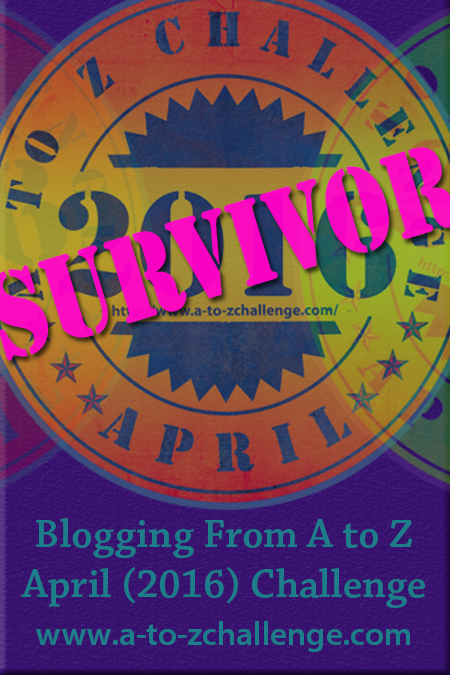Ocean Falls on a clear day
After taking the day off yesterday so that David could look at the heater (which may or may not be acting up) and change out the impeller on the raw water intake on the engine, we went to the ghost town of Ocean Falls this afternoon. It was the first time we’d tied up and plugged in for 30 days. The batteries needed it and so did we.
Another one of our favourite stops from last season, Ocean Falls was first imagined as an industrial community in 1903 by three men who saw the Link Lake Falls and surrounding timber and envisioned a pulp mill site. In September of 1906, twenty-five men disembarked the steamer Venture with the sole purpose of clearing the land. Eventually a pulp mill was built (the largest in British Columbia for many years); a saw mill, powerstation and dam followed years later and Ocean Falls grew into a thriving town of approximately 5,000 people, complete with a hotel, hospital, fire house, department store, apartment buildings, schools, and the like.
The dam in Ocean Falls
It’s been said that Crown Zellerbach, the principle and final corporate owner of the town, didn’t plan for the future but, rather, a funeral. In the final moments before C.Z. pulled out, the company convinced the Provincial Government to transfer all of the surrounding timber rights to another one of its mills, effectively putting a nail in the town’s coffin. Without those rights, whoever took over the mill in Ocean Falls would fail. As it happened, the new owner would be the government.
The company was set to leave in March of 1793. The province, unwilling to lose the jobs, stepped in and purchased the town, mill, and everything else for one million dollars. But without the timber rights and the additional costs associated with such a remote location, the mill wasn’t profitable and closed its doors for good in May of 1980. Five years later, the government set out to demolish the town with bulldozers. The remaining residents opposed the demolition until the government decided to recognize the heritage status of Ocean Falls and turned the town over to a newly (and hastily) formed Ocean Falls Improvement District. The majority of the town had already been destroyed but downtown, fortunately, was largely spared. With its infrastructure and deep water harbor, Ocean Falls has sought new industry over the years but hasn’t been successful. Now it and the neighbouring community of Martin Valley, where most of the residents live, have a population of approximately 40 in the winter and 100 in the summer.
A street in Ocean Falls
Most of the remaining downtown area is in a state of disrepair: The Martin Inn hotel, once the largest on the entire coast, is empty. Its windows have been left open leaving the interior to rot in the elements. A two-story garden-court apartment complex, 1970s style, is overgrown with weeds and falling down. The windows are broken, the plumbing fixtures are torn out, and the roof is falling in. But a few of the buildings and old homes have been saved and are being used today – the old brothel sitting proudly on the highest hill overlooking the town, the church (which oddly sits below the brothel), the former hospital (now a fishing lodge), and a few others.
My favourite house in Ocean Falls; I love the enclosed porch.
Those who continue to live here year-round are hardy souls and have well-earned their nickname – The Rain People. The entire area, from the tip of Vancouver Island to Southeast Alaska, makes up the Great Bear Rainforest, one of the largest remaining tracts of unspoiled temperate rainforest in the world. And within the boundaries of this great rainforest, Ocean Falls is known for its abundance of rain – approximately 4,390 mm (172 inches) falls annually. So it should come as no surprise that today it’s raining . . . our exploration will just have to wait until tomorrow.













0 comments